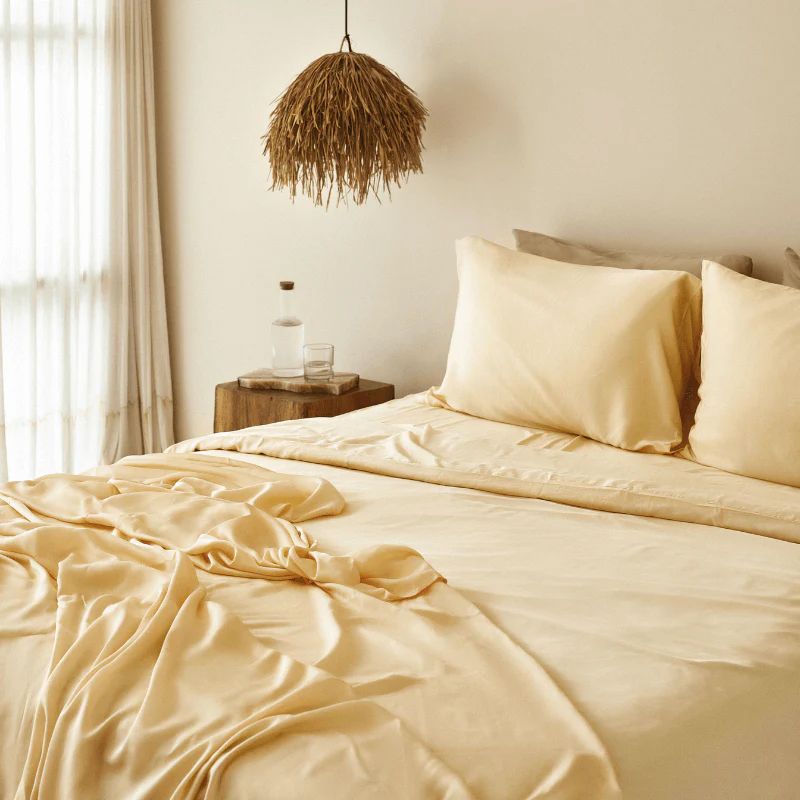Custom Colorful Fabric Napkins Manufacturer for Innovative Dining Experiences
12月 . 10, 2024 14:10 Back to list
Custom Colorful Fabric Napkins Manufacturer for Innovative Dining Experiences
The Versatility and Appeal of Full Color Fabric Napkins A Look into the Factory
In the evolving world of dining experiences, full color fabric napkins have emerged as a vibrant and practical element that enhances table settings. These napkins combine functionality with aesthetic appeal, making them a sought-after choice in restaurants, event venues, and homes alike. As the demand for such products increases, the factories that produce them are adapting to meet consumer expectations for quality, customization, and sustainability.
The Importance of Napkins in Modern Dining
Napkins play a crucial role in dining etiquette and hygiene. Traditionally, they have been used to maintain cleanliness during meals, but their role has expanded over the years. Today, napkins are also a vital part of a restaurant's branding and visual presentation. Full color fabric napkins offer an opportunity to showcase a brand’s colors, logo, or theme, making them an effective tool for enhancing the overall dining experience. They can transform a simple table setting into a memorable one, adding flair and personality to each dining occasion.
The Production Process
The manufacturing of full color fabric napkins involves several steps, starting from the selection of high-quality fabrics. Common materials include cotton, linen, and polyester, each offering unique benefits in terms of durability, absorbency, and feel. The choice of fabric is fundamental to ensuring that the napkins not only look good but also stand the test of time, endure repeated washing, and maintain their vibrant colors.
Once the fabric is chosen, the next step is the design phase. Modern technology has revolutionized this process, allowing for intricate patterns and full-color prints that were previously unimaginable. Factories often employ digital printing techniques, enabling them to create highly detailed designs with sharp contrasts and a wide color spectrum. This innovation also supports customization; clients can request specific designs to align with their branding or thematic requirements.
After printing, napkins go through a series of finishing processes, including cutting, stitching, and quality control checks. Each napkin is meticulously examined to ensure it meets the established standards for size, print quality, and overall appearance. Factories often pride themselves on their attention to detail, understanding that a small imperfection can compromise the entire dining experience.
full color fabric napkins factory

Sustainability in Production
As consumers become increasingly aware of environmental issues, the demand for sustainable products is on the rise. Many factories producing full-color fabric napkins are responding to this trend by incorporating eco-friendly practices into their operations. This includes using organic or recycled materials, eco-friendly inks, and implementing waste reduction measures throughout the production process.
Factories also encourage the use of reusable napkins over disposable alternatives. This not only reduces waste but also appeals to environmentally conscious consumers who are willing to invest in high-quality products that contribute to a greener planet. By promoting their sustainable practices, factories can attract clients who prioritize environmental responsibility alongside quality.
Customization and Market Trends
The rise of personalization in consumer products has led to an increased demand for customized fabric napkins. Factories are now offering bespoke services that allow customers to create their unique designs. Whether it’s for weddings, corporate events, or promotional activities, the ability to print logos or personalized messages makes these napkins ideal for all occasions.
Moreover, market trends indicate a growing interest in themed events and unique dining experiences. Full color fabric napkins can be designed to match specific themes, adding an element of creativity to any event. From floral designs for garden parties to sleek, modern patterns for corporate functions, the flexibility in design options means napkins can cater to a wide range of tastes and preferences.
Conclusion
Full color fabric napkins are more than just a dining accessory; they are a reflection of personal and brand identity. As factories continue to innovate and adapt to consumer demands, the future of these fabric napkins looks promising. With advancements in printing technology, a commitment to sustainability, and an emphasis on customization, full color fabric napkins are poised to become an essential part of dining experiences around the globe. Whether you are a restaurateur aiming to enhance your establishment's atmosphere or an individual planning a special occasion, these vibrant napkins offer endless possibilities for style and functionality.
-
100% Stonewashed French Linen Bed Sheets | Soft Luxury
NewsAug.04,2025
-
Premium Linen Pajama Set: Comfort & Style | GPT-4-Turbo
NewsAug.03,2025
-
Wholesale Bamboo Bed Sheet Sets | Eco-Luxury Comfort
NewsAug.01,2025
-
Premium Stone Washed Fabric - Soft & Durable Style
NewsJul.31,2025
-
Authentic Handcrafted Indian Block Print Napkins | Shop Artisan Style
NewsJul.31,2025
-
Premium Bath Towel for Home & Hotel Use - Soft & Absorbent Bathtowel
NewsJul.30,2025
